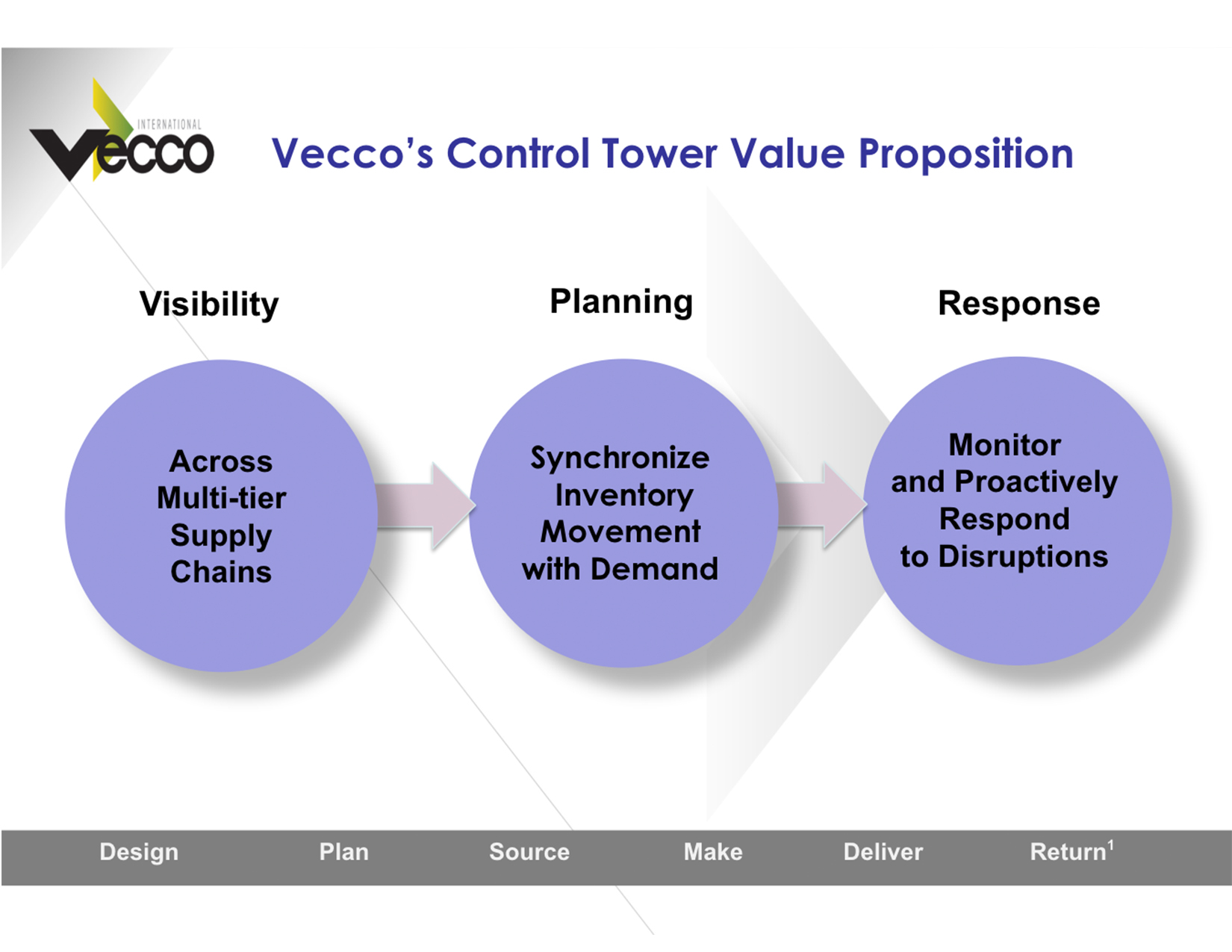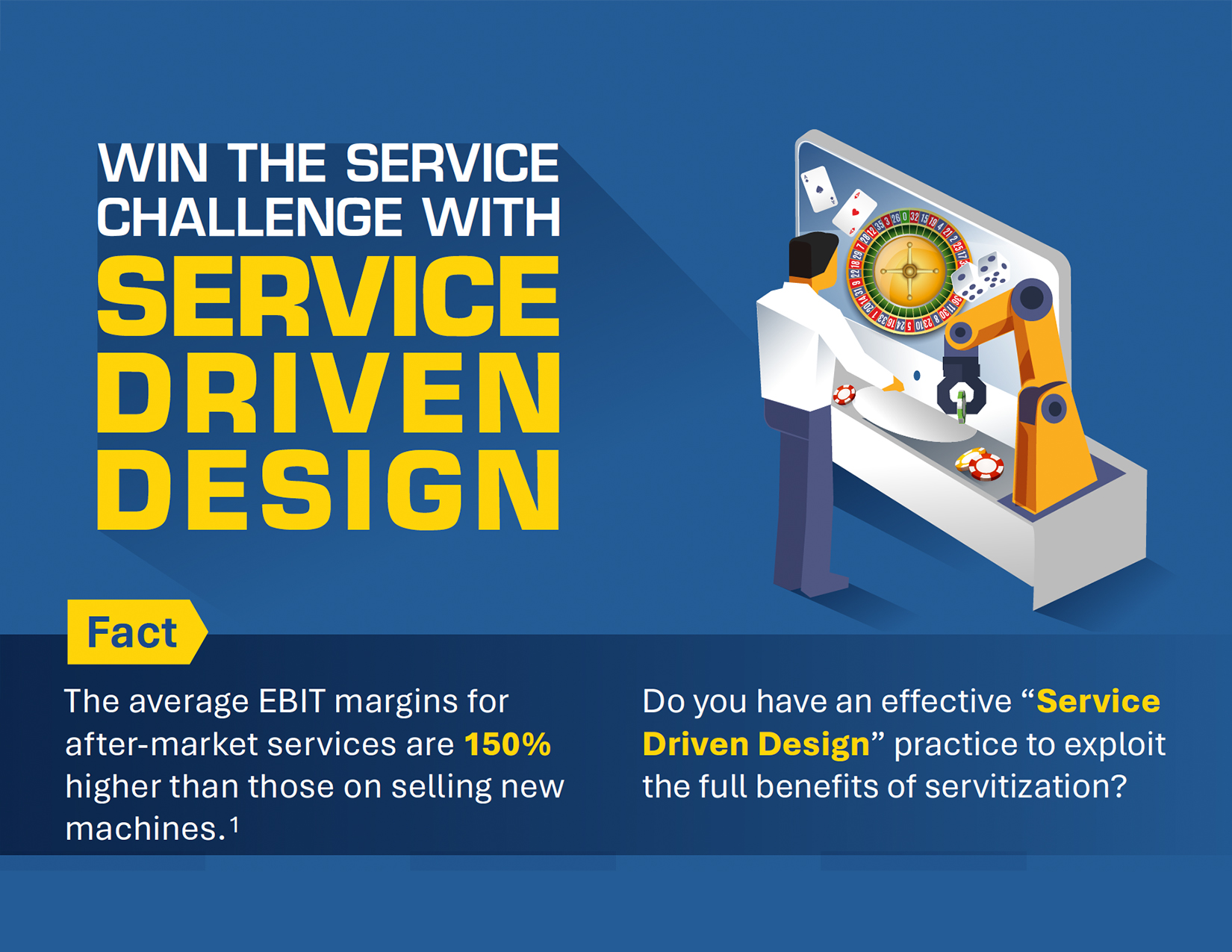The Platform
First, we should share some of the basics. Trace One describes their offering as a “SaaS PLM business platform.” Their platform addresses several timely, critical drivers in the process manufacturing industry, including compliance, quality, and sustainability. Trace One PLM helps R&D formulate their products to meet tight cost pressure and ensure that products meet complicated, evolving regulatory standards. Our research shows that companies frequently miss these targets and, perhaps just as importantly, commonly miss their product development timelines. Using a PLM solution helps address this problem as well through better collaboration and efficiency.
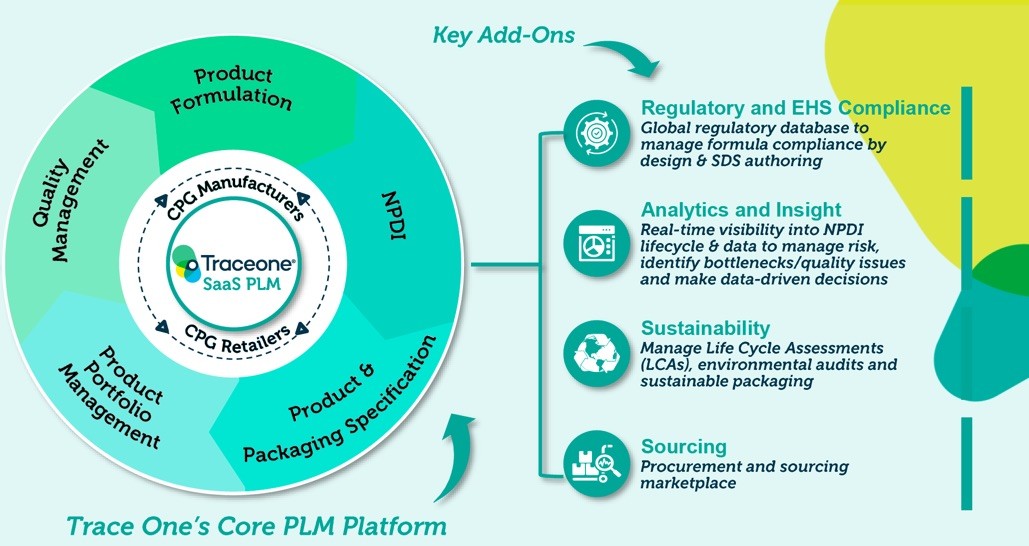
Trace One's platform is built for recipe-based products and focuses on connecting the supply chain from ideation to delivery. The core platform has always been strong in supporting product and packaging specifications and is complemented by four key add-ons:
- Regulatory & EHS Compliance: Ensuring that products meet regulatory requirements
- Analytics & Insight: Providing valuable insights from historical data with business intelligence (BI)
- Sustainability: Offering Life Cycle Assessment (LCA) to develop sustainable product offerings
- Sourcing and Marketplace: Facilitating sourcing and collaboration through a dedicated marketplace that includes over 8,000 suppliers
Trace One explains that their customers typically start with the core platform and expand with these add-ons as needed, although the extensions are also available independently.
Recent Platform Enhancements
Our call focused on the investments Trace One has made to improve their PLM capabilities. Trace One continues to innovate, and the 2025 release improves the formula editor, enhanced supplier collaboration, integrates DocuSign, and provides new capabilities for artwork for packaging. The release also provides mobile support and integration with Covalo's cosmetics ingredients database. These enhancements demonstrate the commitment to specialized capabilities needed to support products like food and beverages.
Trace One has also enhanced their offering for retailers and private label brands with new capabilities such as improved performance, a new user interface, centralized data management, new project management, and embedded artwork tracking.
Practical Expansion into AI
Beyond functional improvements, Trace One has been focusing on extending the value of their solutions with artificial intelligence (AI). They have taken a practical approach focused on solving real problems and delivering value. One key example is data extraction and automation, allowing companies to pull relevant specification data from traditional documents like PDFs and store them digitally in the PLM database. This type of approach has the dual benefits of saving manual data entry time and increasing data quality. They also have future plans that include embedding AI throughout the platform to enhance automation, comparison, mapping, and decision-making processes.
Customer Successes
Industry-specific solutions succeed or fail based on their reputations in their chosen segments. Customer success and satisfaction is even more critical for companies like Trace One than it is for others. The image at the top of the article shows their industry focus, but also how they are trusted by leading brands including Nestlé, Auchan, Cargill, and Coca-Cola. As we mentioned in our earlier post announcing that Selerant is now Trace One, Trace One now supports PLM for both major process manufacturers and consumer packaged goods (CPG) retailers and private label brands. They are seeing success in both. In addition to gaining a significant number of new customers since our last briefing, Trace One shared that major customers, including Cargill, General Mills, and Ahold Delhaize, have significantly expanded their use of Trace One solutions. For companies in specialized markets, this is an important success metric.
Our Take
Trace One continues to invest in their solutions and remain a relevant offering for new product development and PLM. Their enhancements and new AI capabilities are targeted at the real needs of the manufacturers and retailers they support. We are excited to see the merger creating synergies such as the AI investment and look forward to watching that continue and evolve.
Thank You
Thank you Hollie Farrahi and Antoine Daviet for sharing the product and business update briefing. We enjoyed our time together and look forward to future conversations and following your progress.








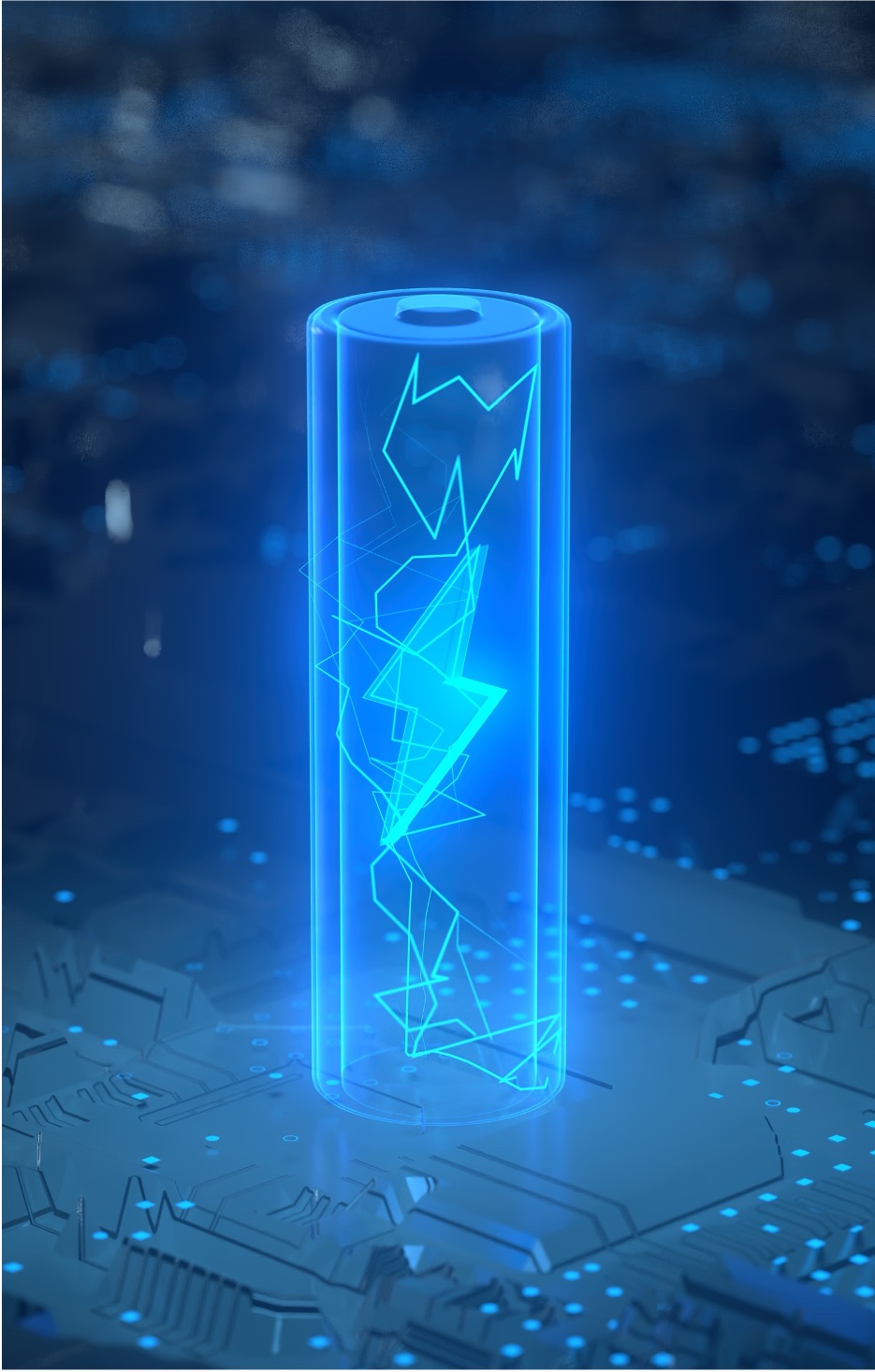

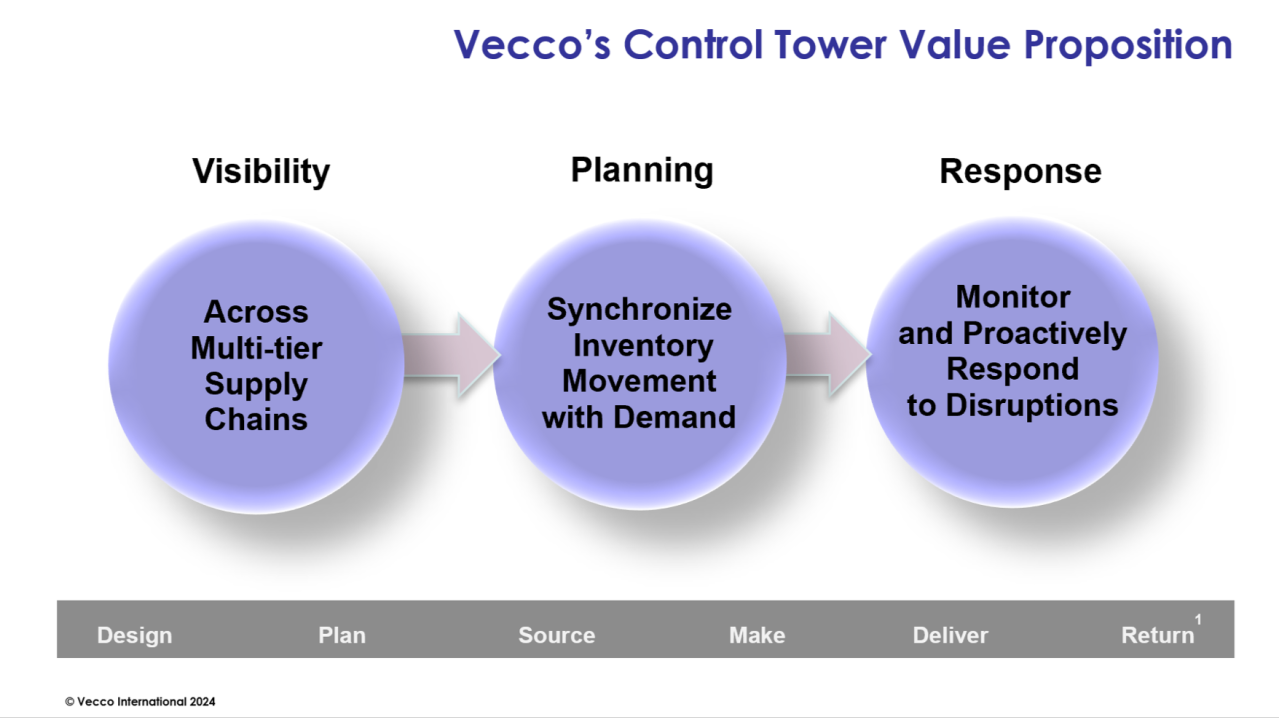

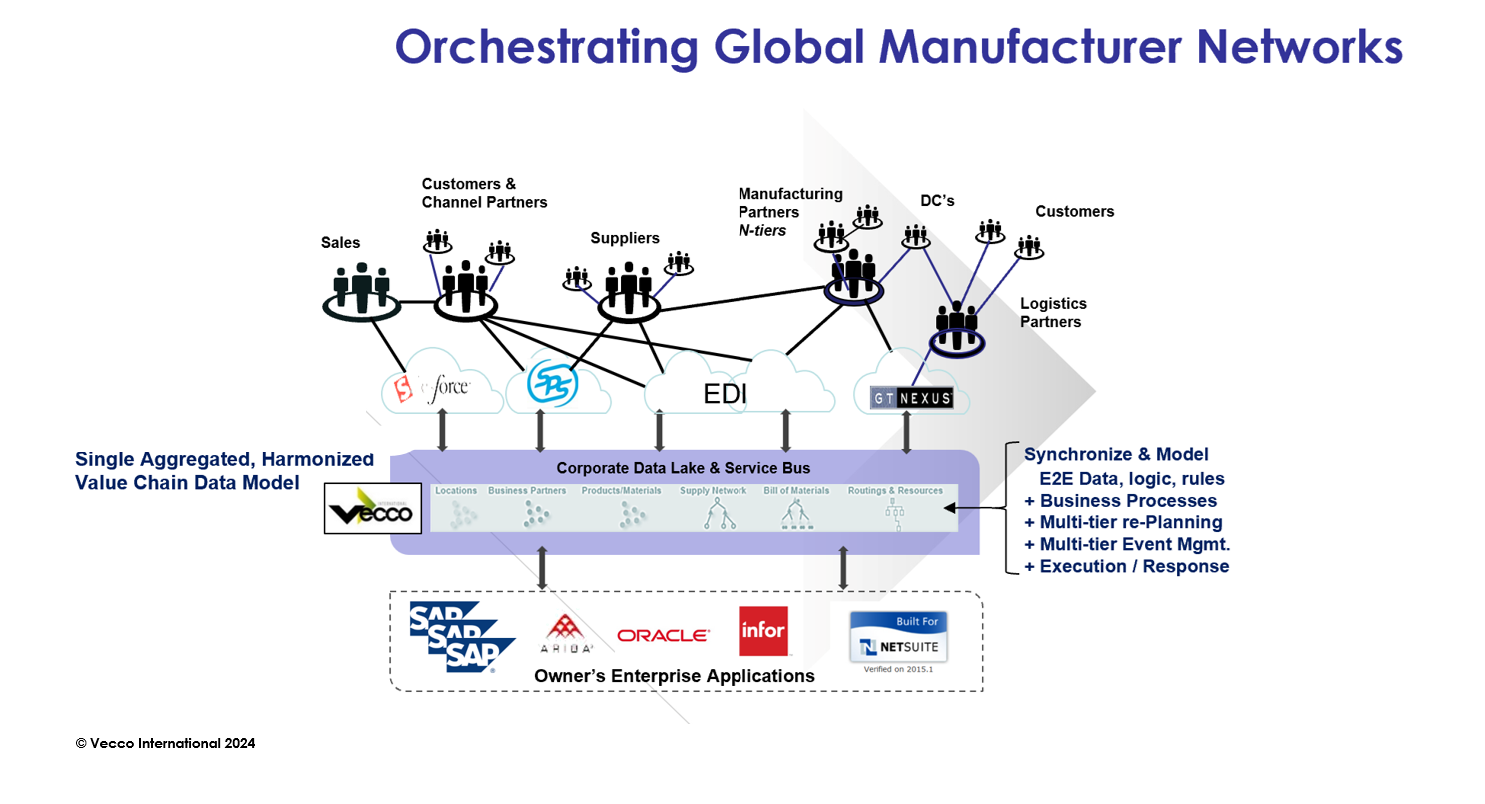



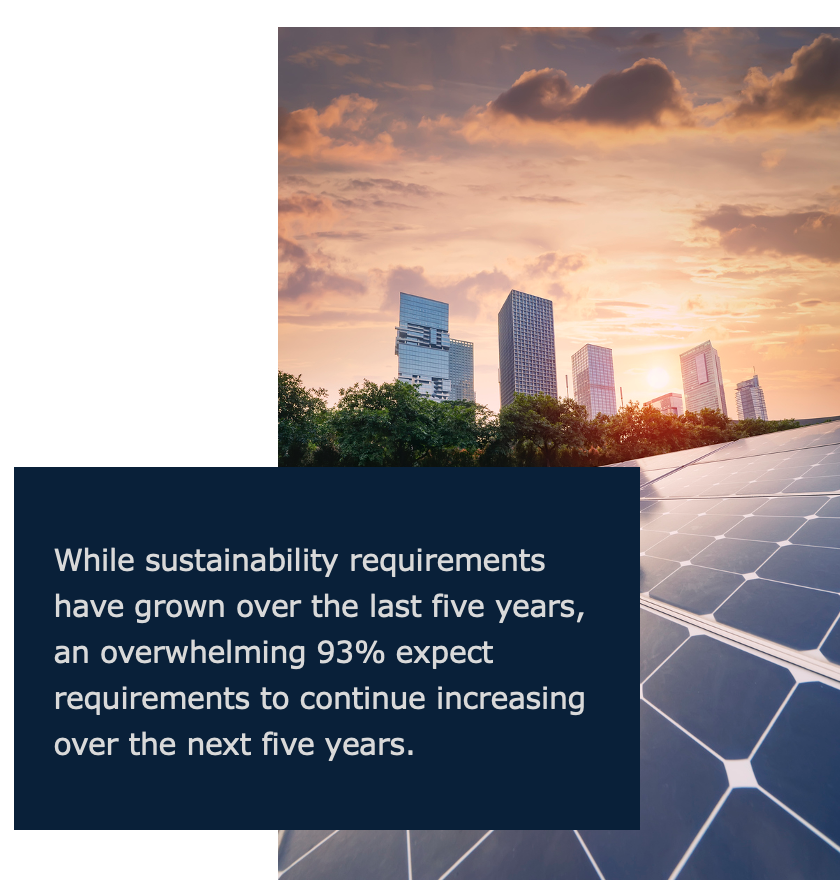
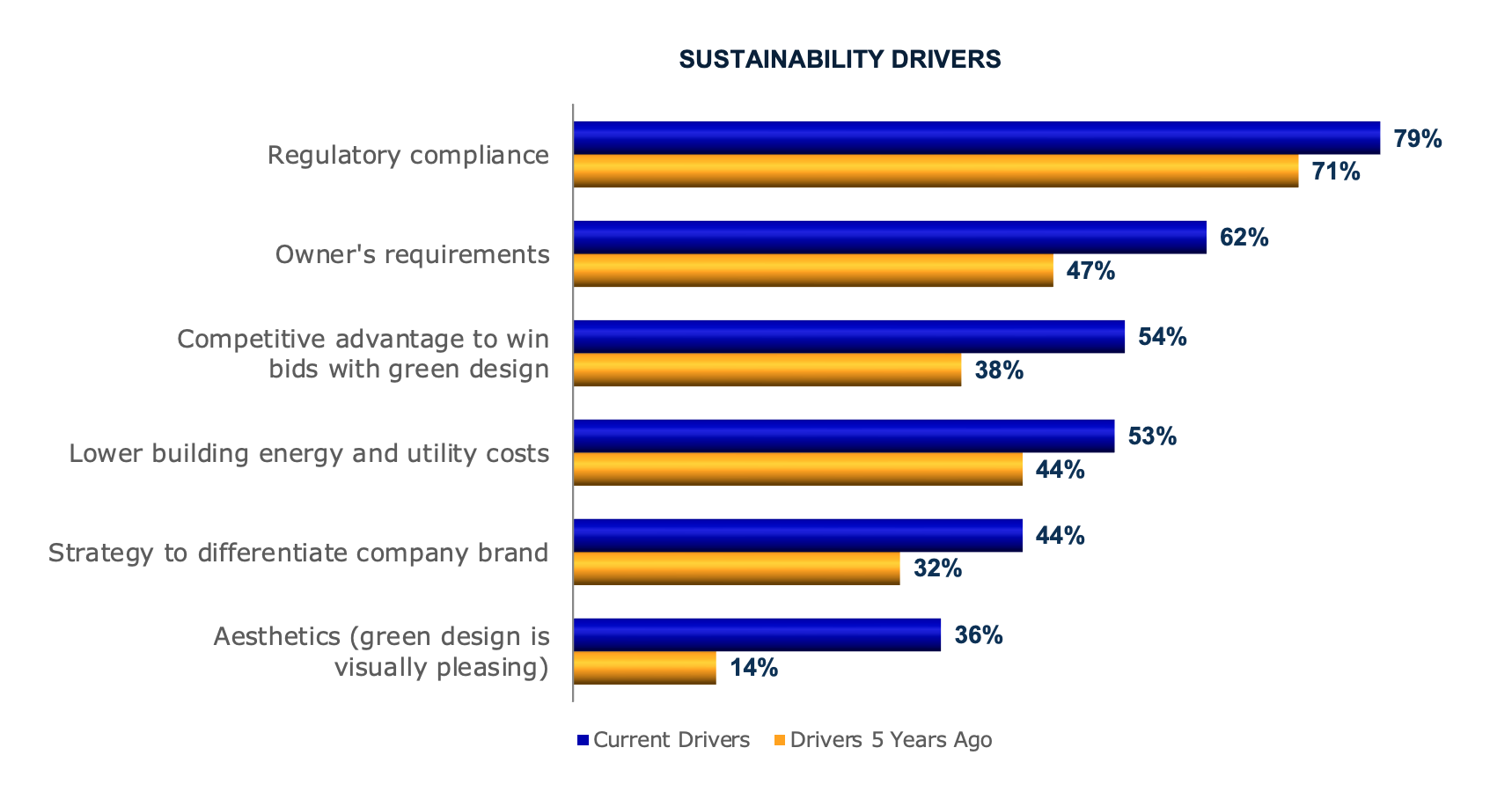

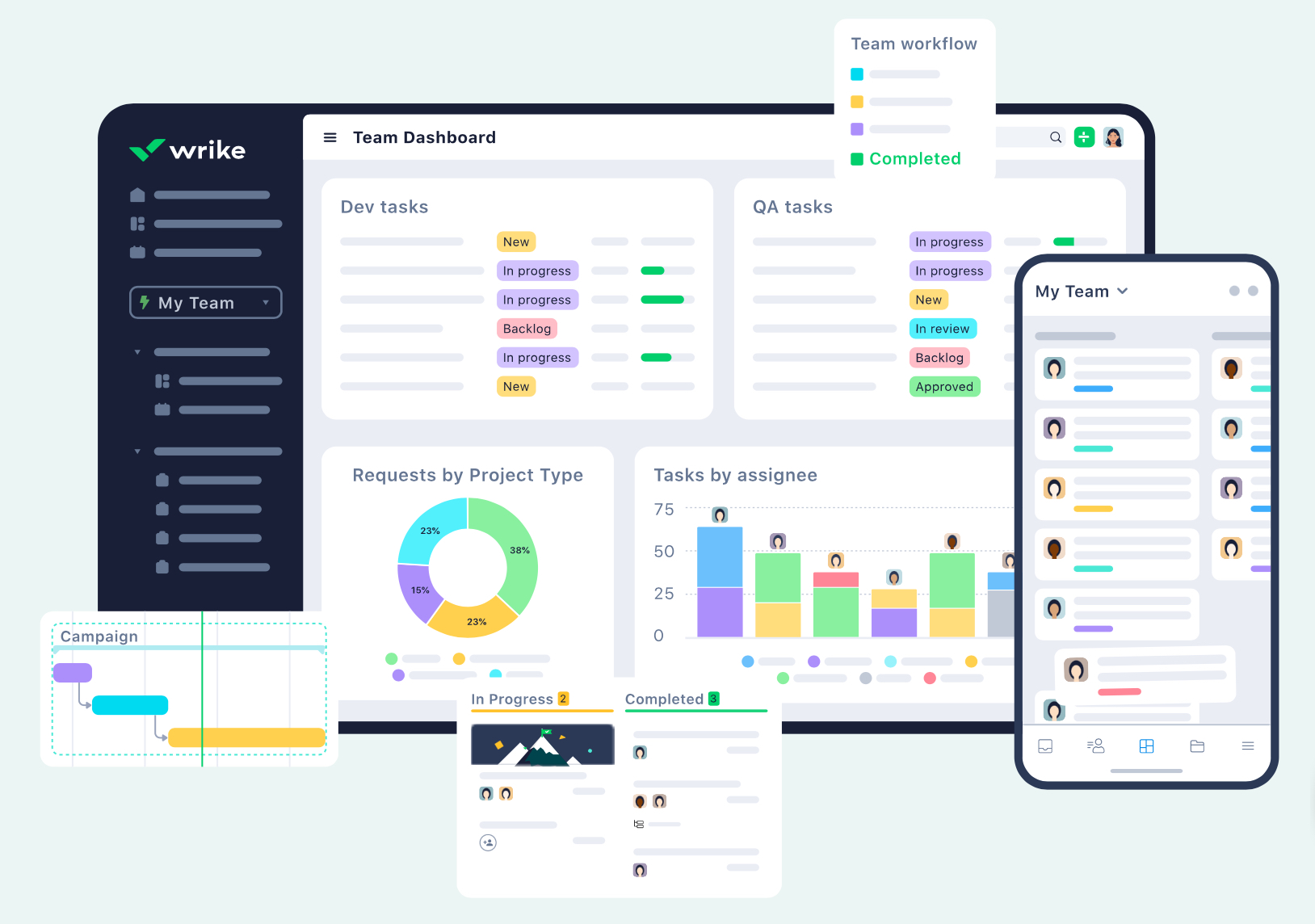

 We also heard that the biggest push this year is Datahub, which syncs data from other sources using a no-code data integration approach. We believe this is a critical element to support their mission, but we didn’t get into much detail about that as of yet.
We also heard that the biggest push this year is Datahub, which syncs data from other sources using a no-code data integration approach. We believe this is a critical element to support their mission, but we didn’t get into much detail about that as of yet.
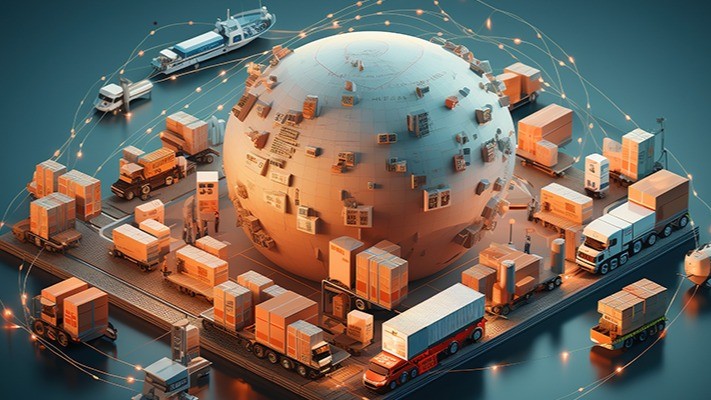

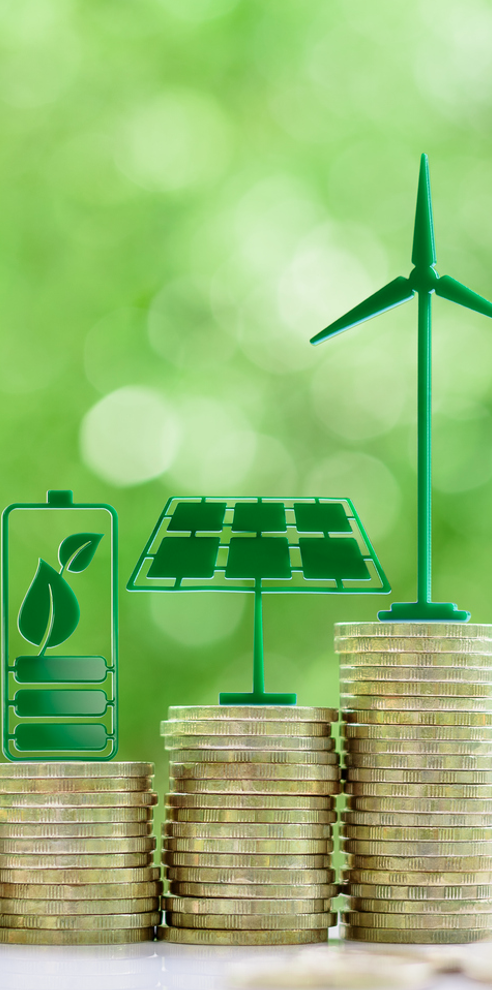
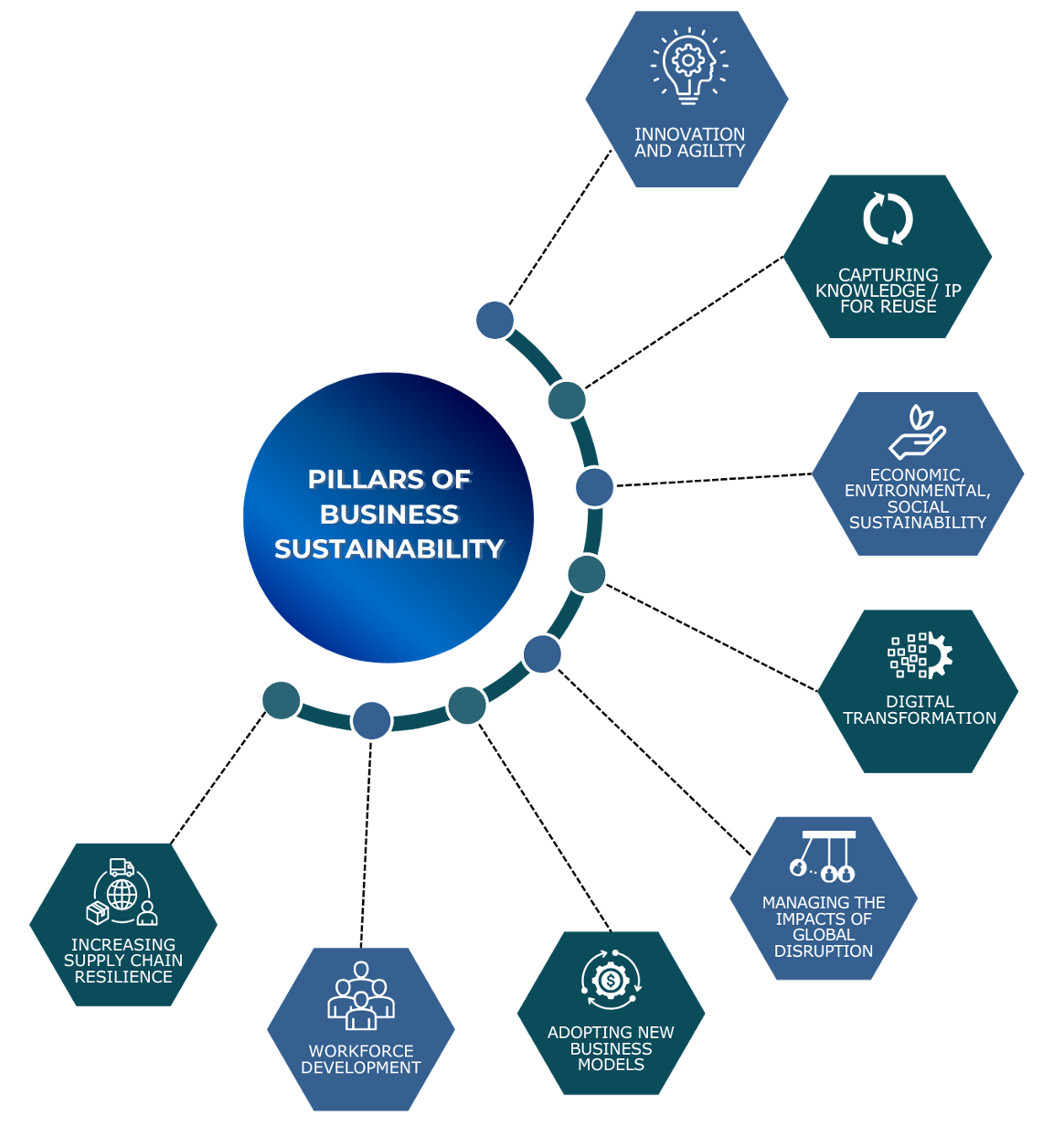
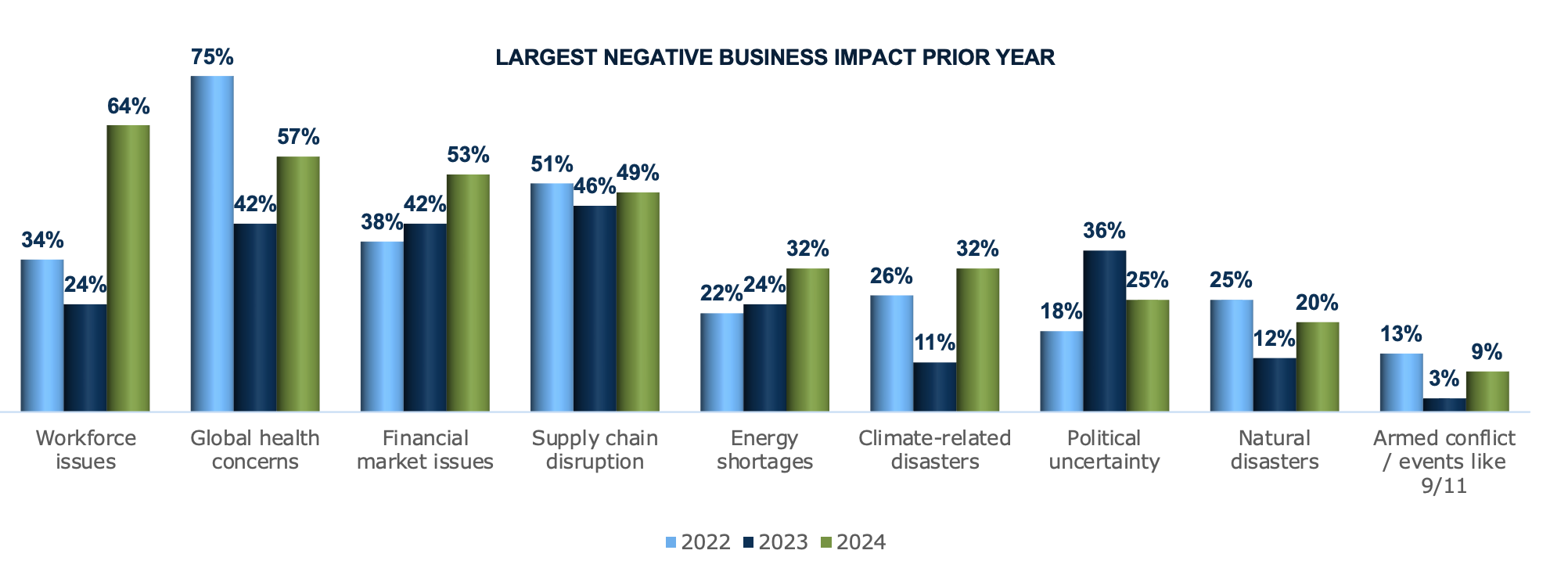
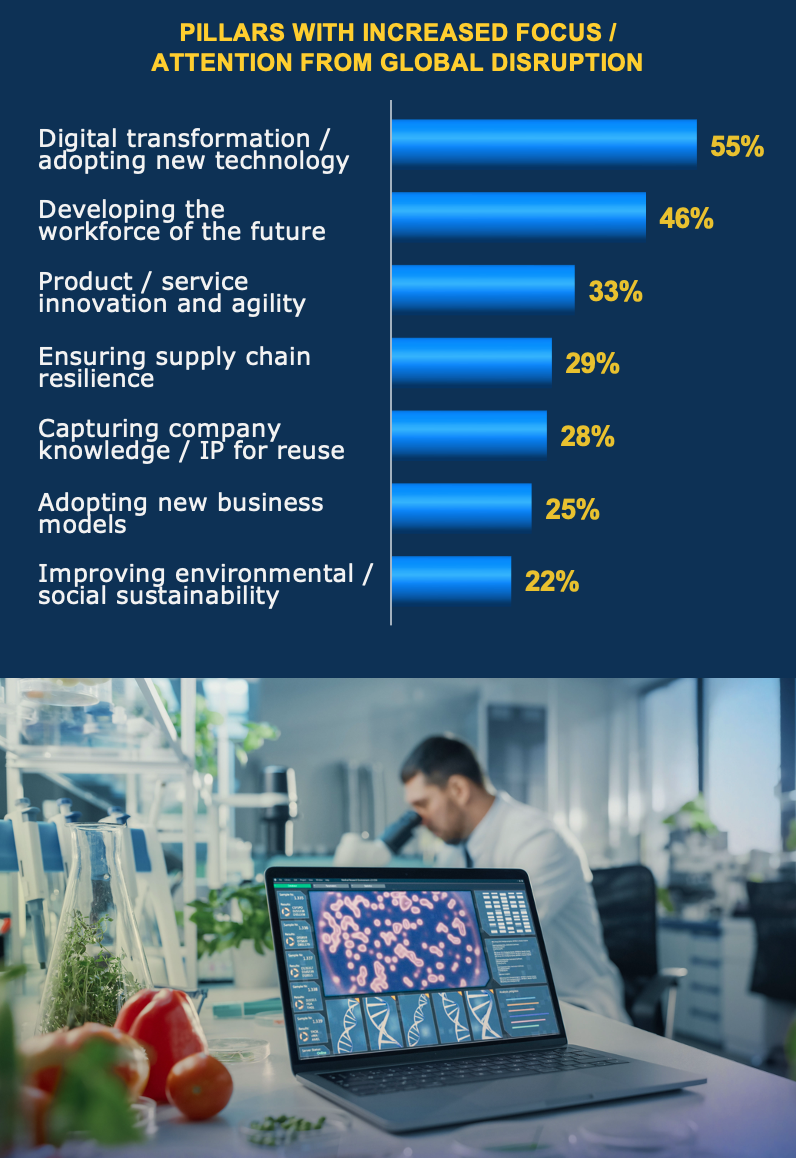
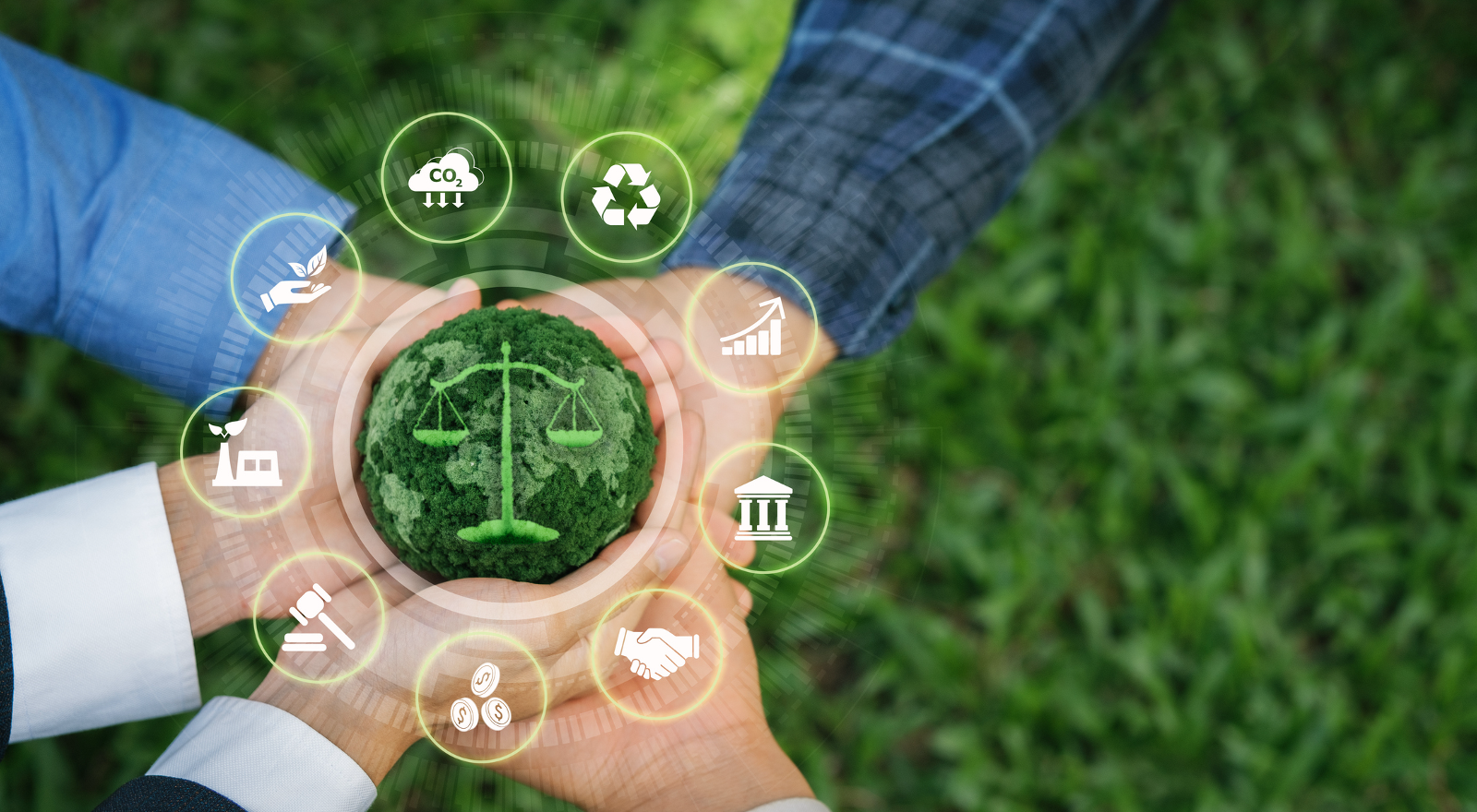
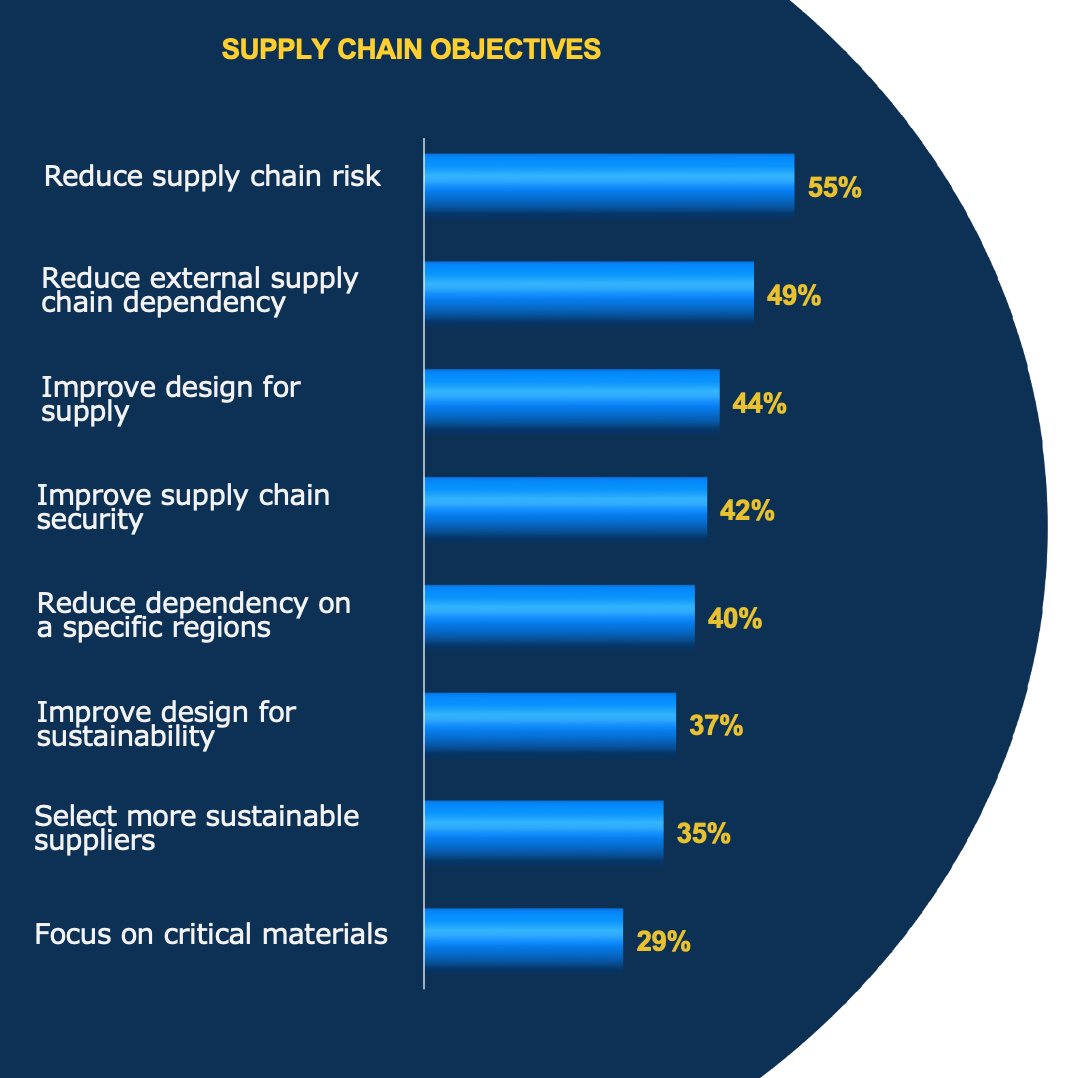
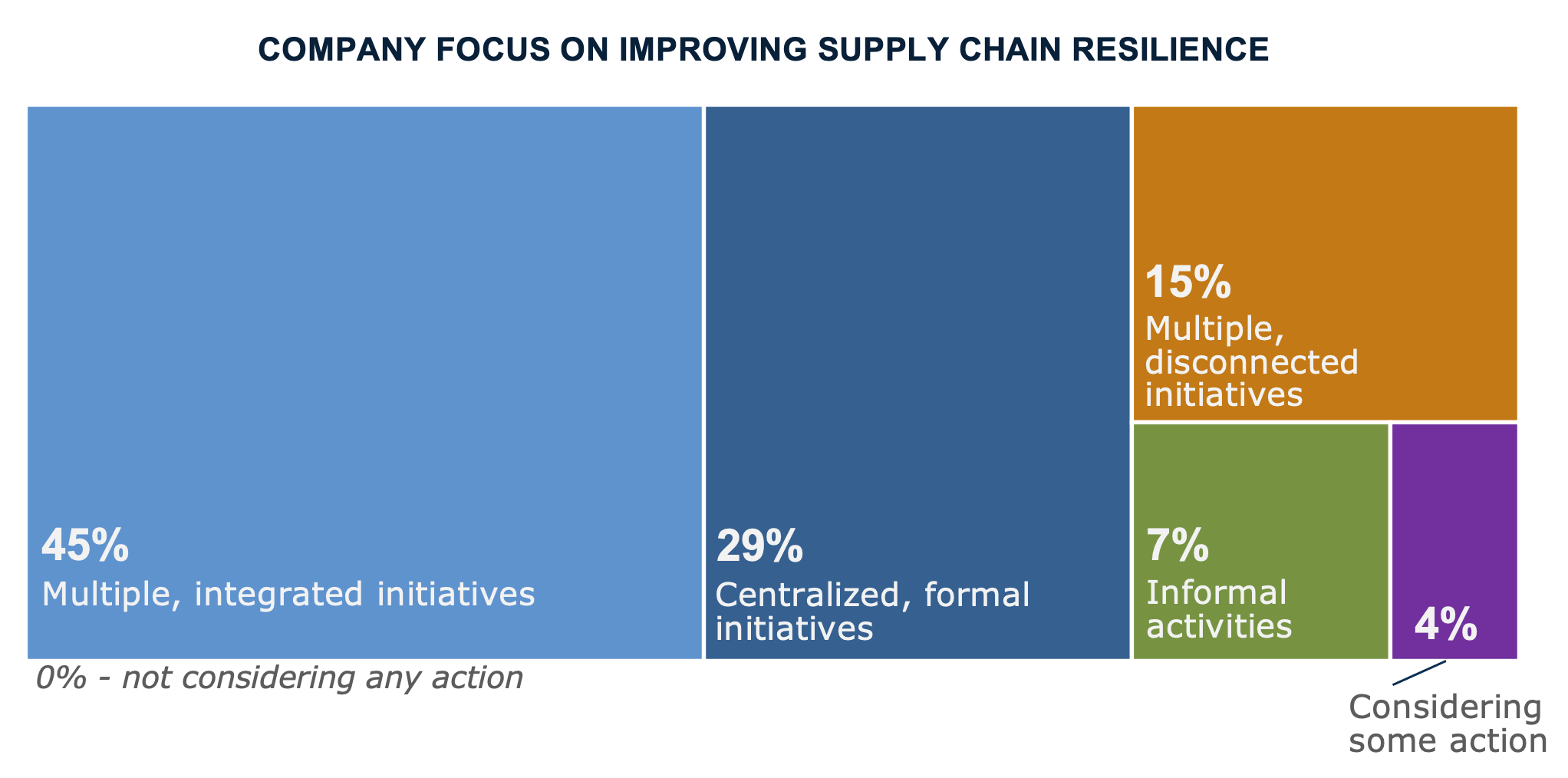
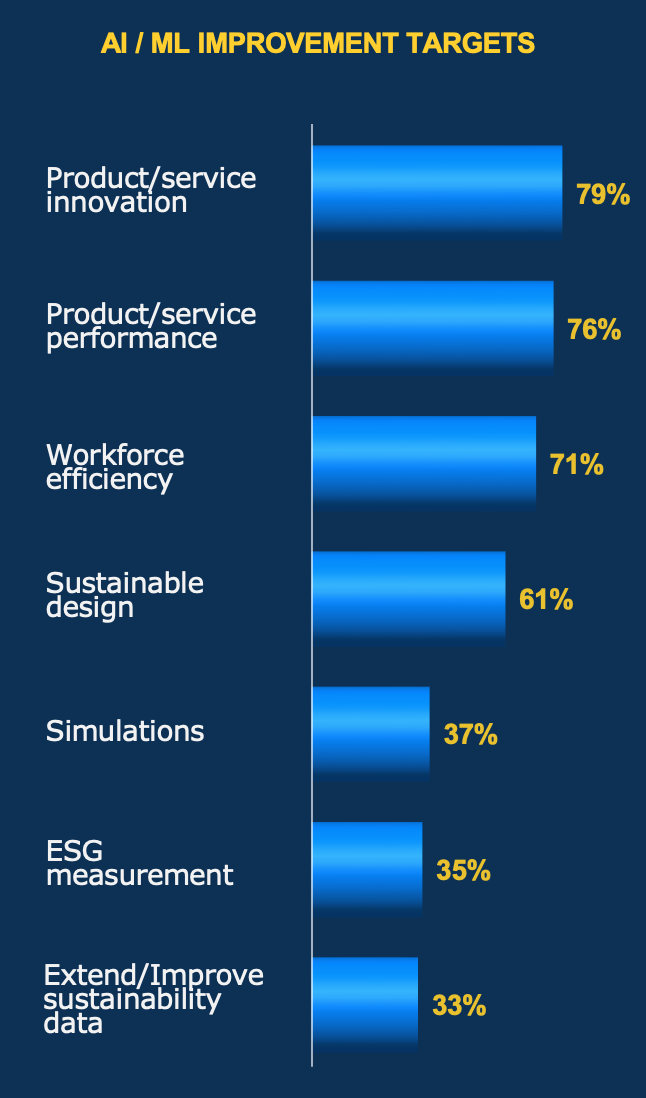

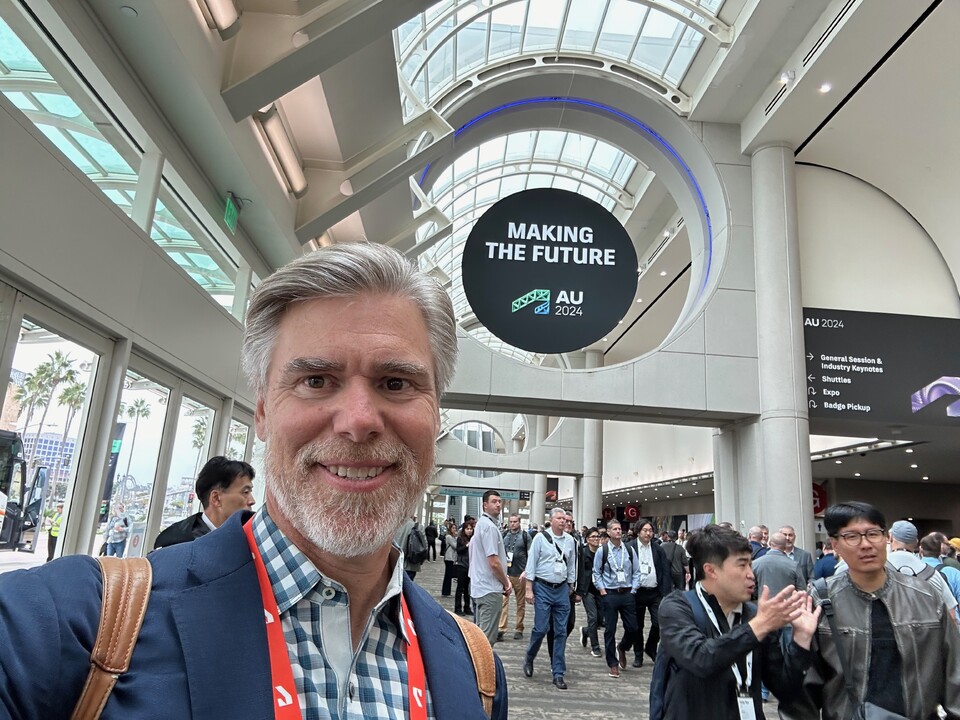




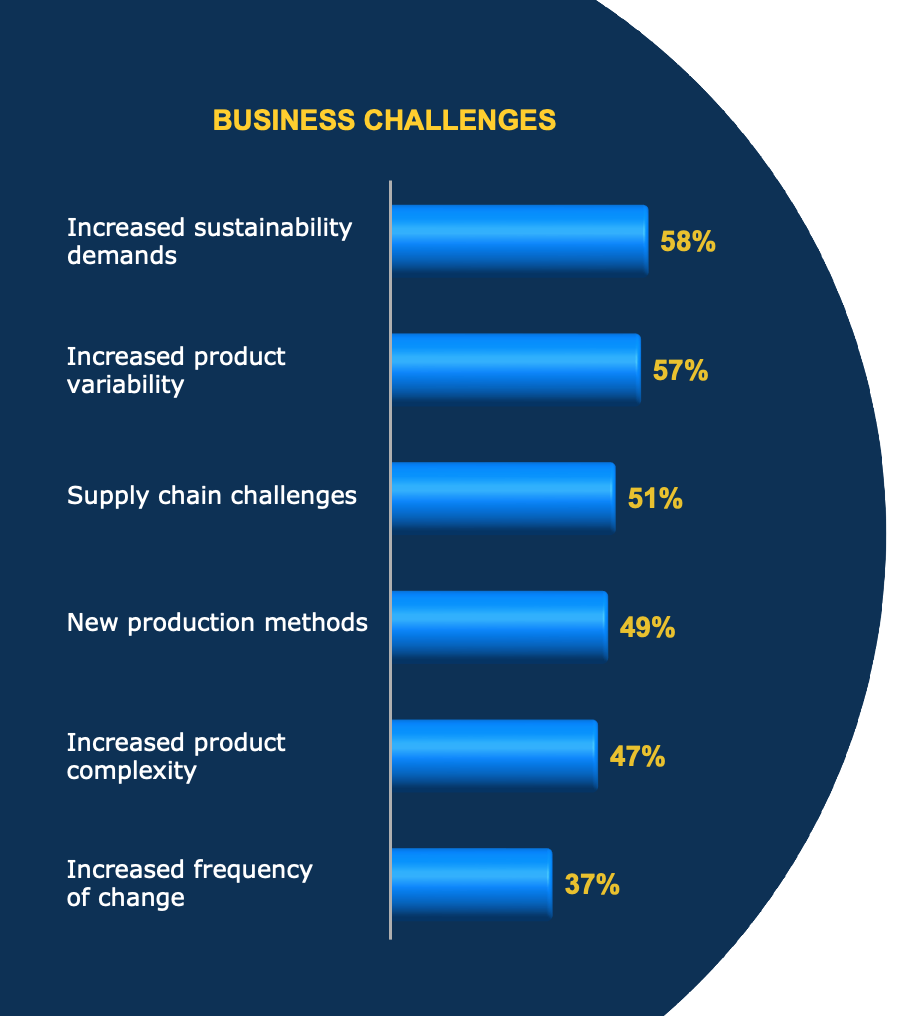
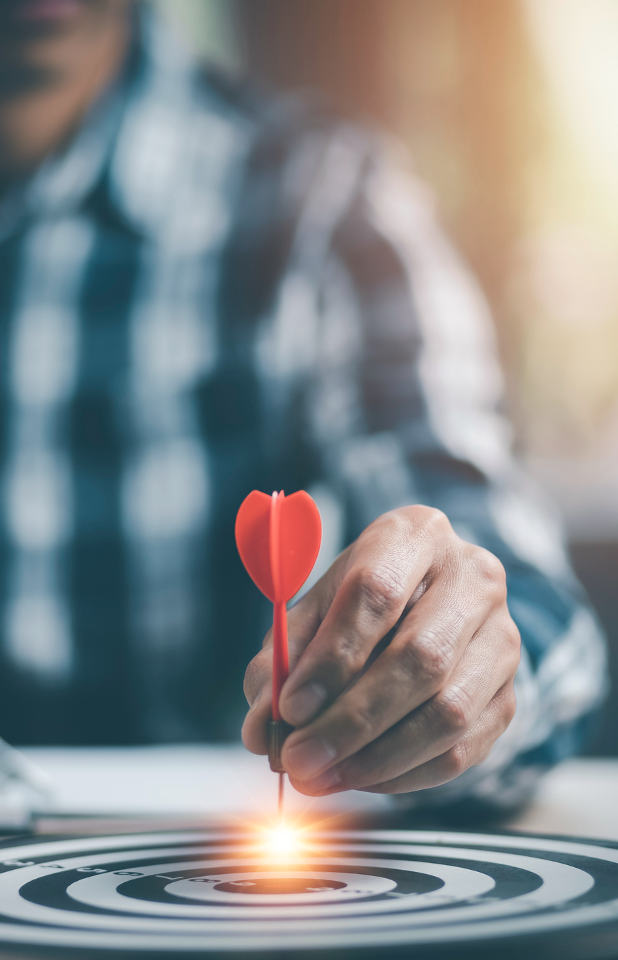

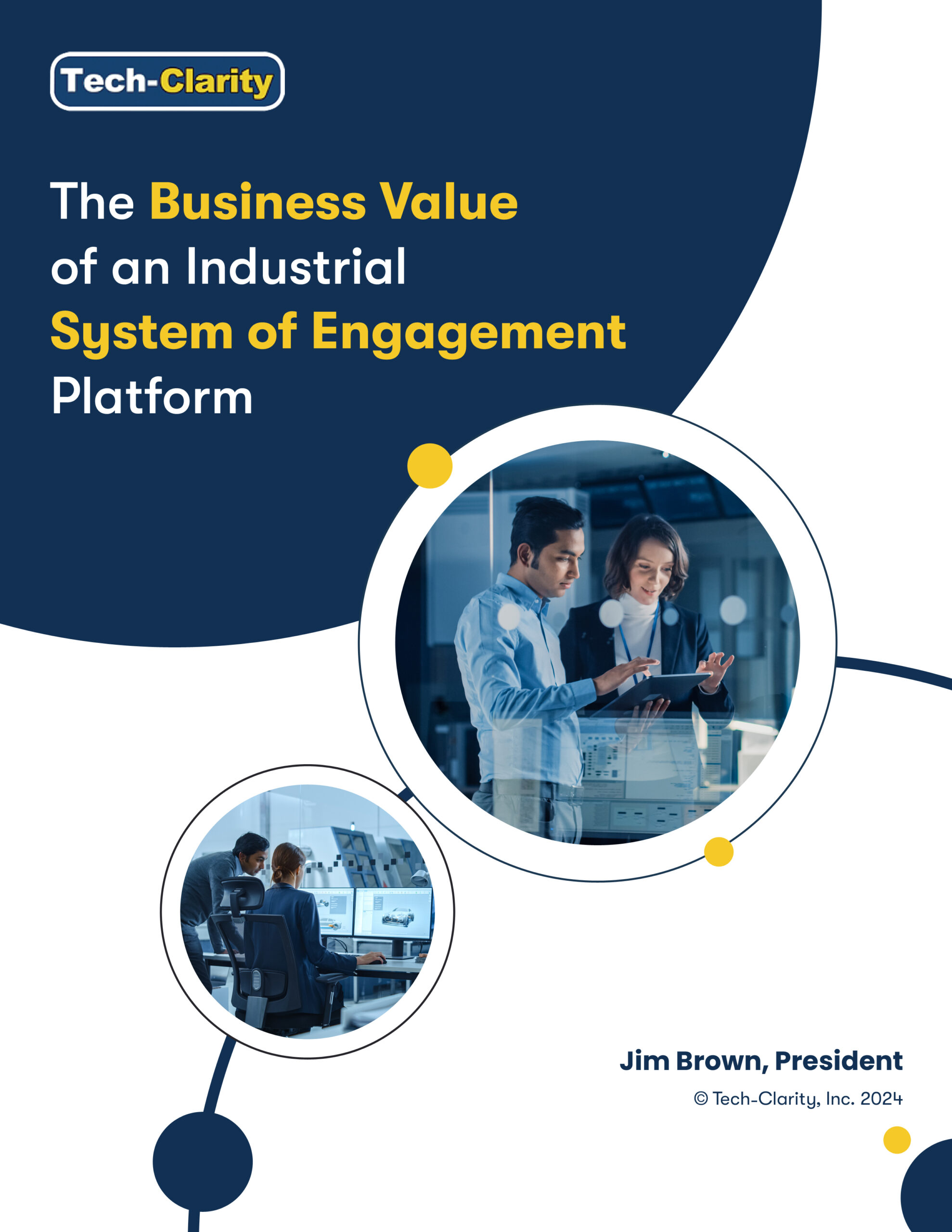
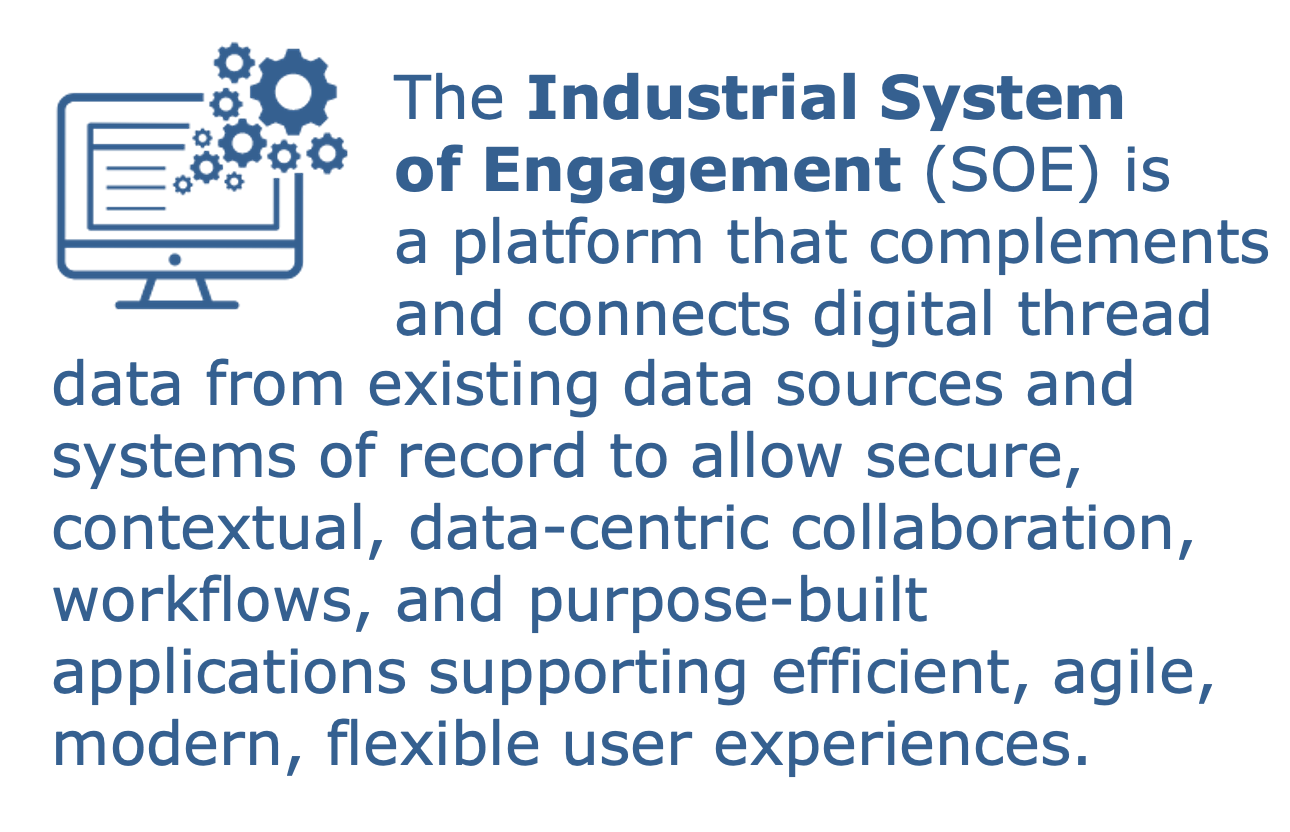


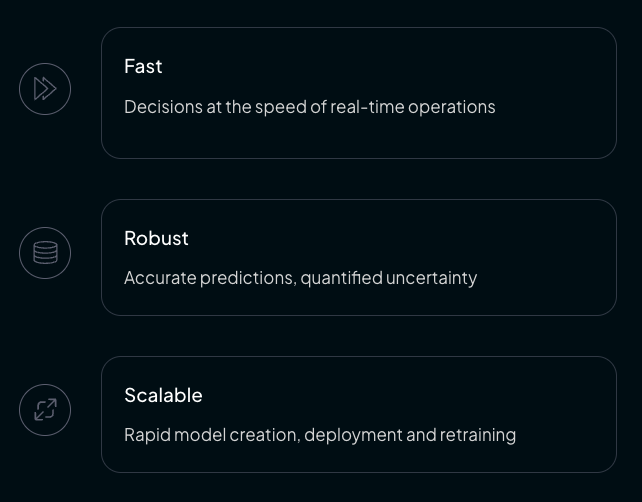
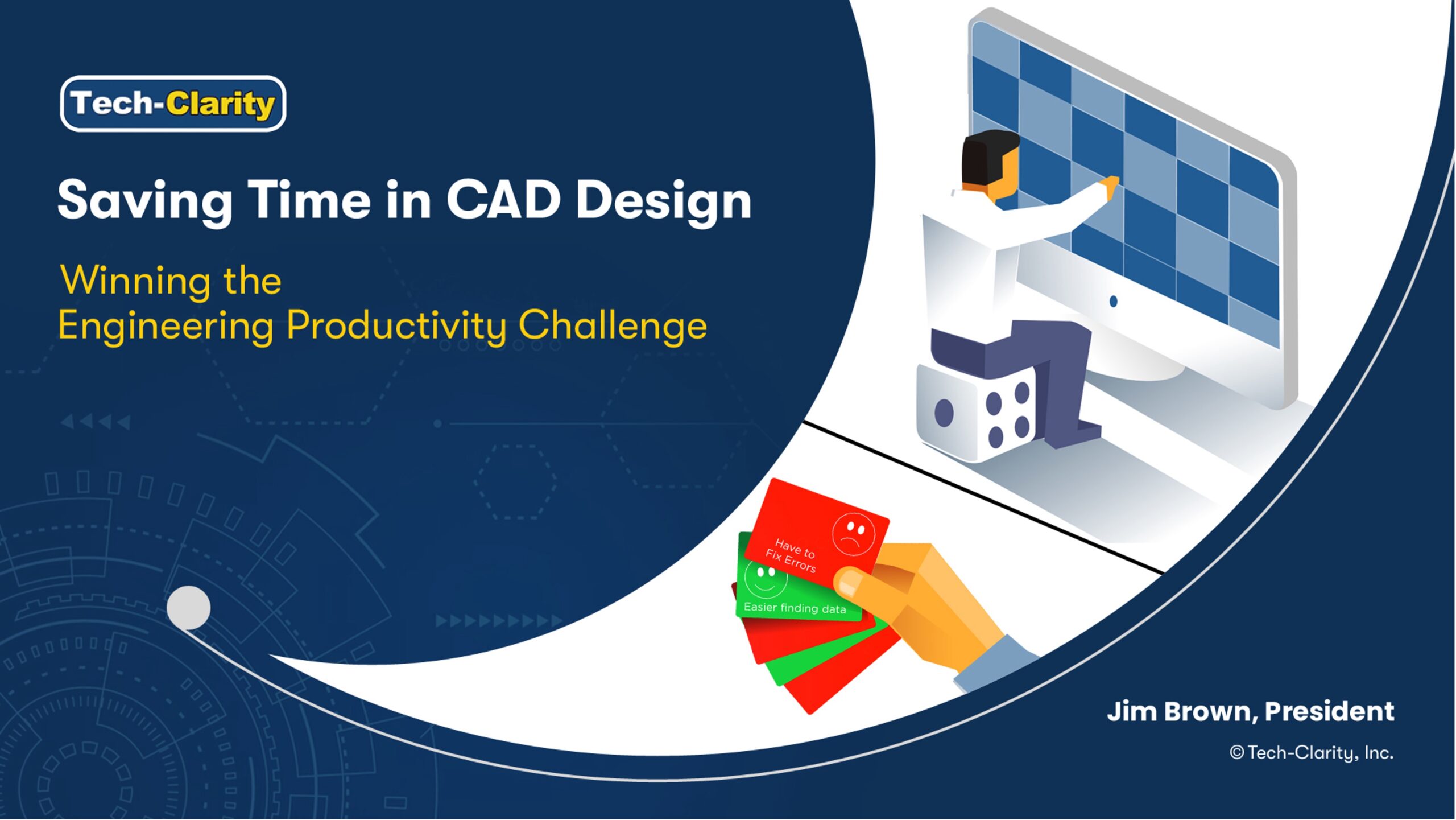
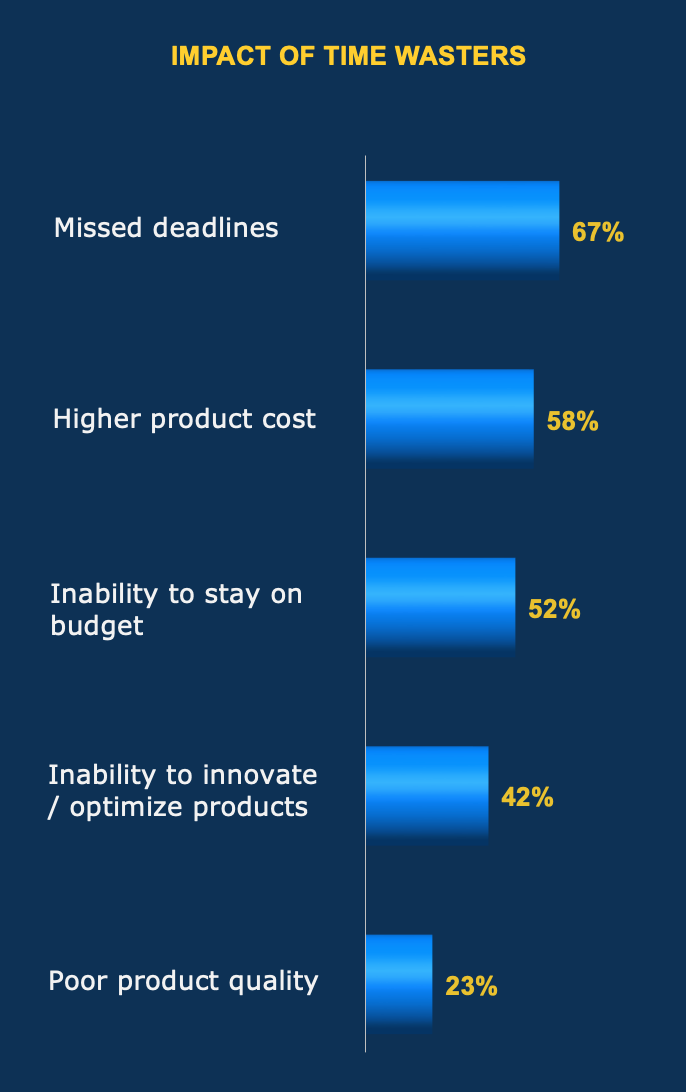



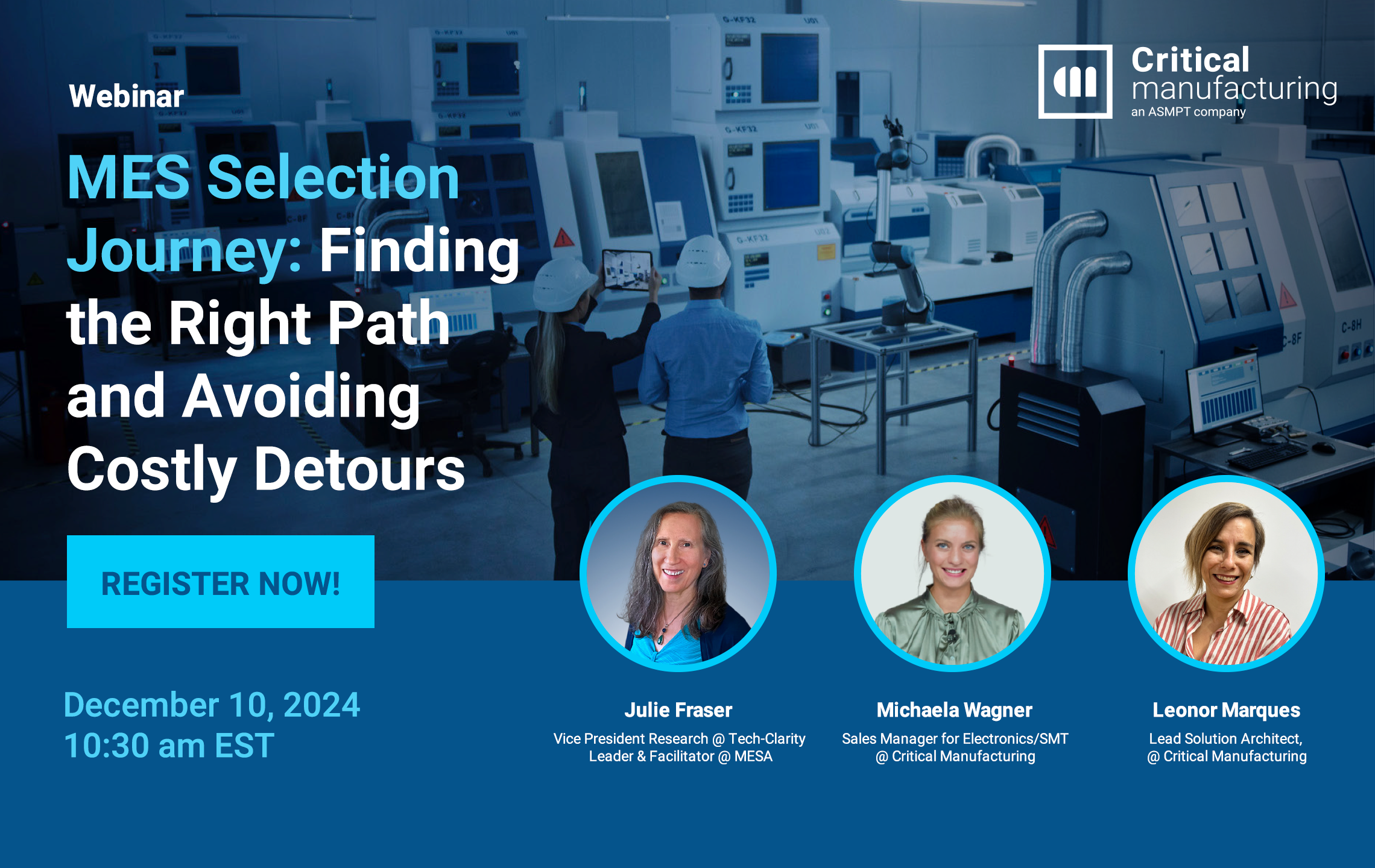 Your manufacturing business is complex and constantly changing; how can you choose a system to manage it now and into the unknown future? MES is a foundation for digital transformation, and choosing it is a journey. The right MES for a company’s specific needs can accelerate success, while choosing poorly can be an expensive detour.
Your manufacturing business is complex and constantly changing; how can you choose a system to manage it now and into the unknown future? MES is a foundation for digital transformation, and choosing it is a journey. The right MES for a company’s specific needs can accelerate success, while choosing poorly can be an expensive detour. 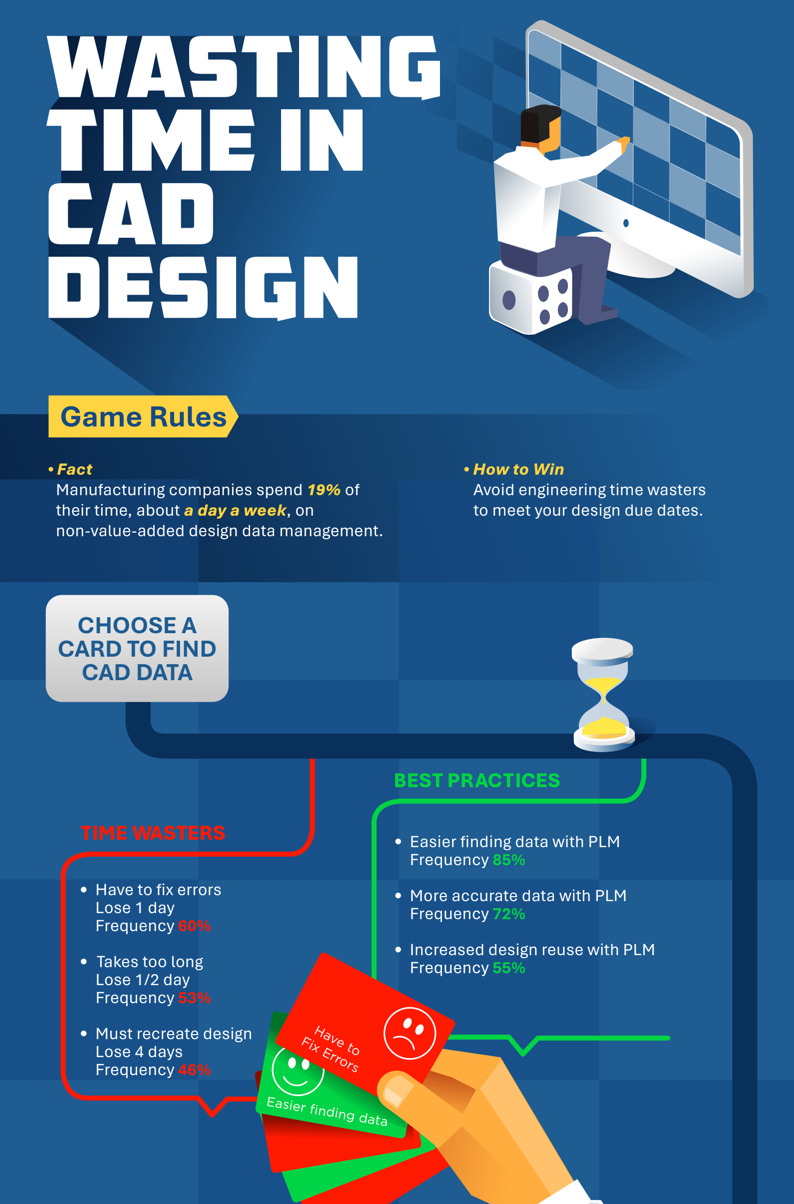 [post_title] => The Game of Avoiding Wasted Time in CAD Design
[post_excerpt] =>
[post_status] => publish
[comment_status] => open
[ping_status] => open
[post_password] =>
[post_name] => non-value-added-time-in-cad-design
[to_ping] =>
[pinged] =>
[post_modified] => 2024-11-19 09:55:27
[post_modified_gmt] => 2024-11-19 14:55:27
[post_content_filtered] =>
[post_parent] => 0
[guid] => https://tech-clarity.com/?p=20933
[menu_order] => 0
[post_type] => post
[post_mime_type] =>
[comment_count] => 0
[filter] => raw
)
[18] => WP_Post Object
(
[ID] => 21004
[post_author] => 2574
[post_date] => 2024-11-18 10:00:24
[post_date_gmt] => 2024-11-18 15:00:24
[post_content] =>
[post_title] => The Game of Avoiding Wasted Time in CAD Design
[post_excerpt] =>
[post_status] => publish
[comment_status] => open
[ping_status] => open
[post_password] =>
[post_name] => non-value-added-time-in-cad-design
[to_ping] =>
[pinged] =>
[post_modified] => 2024-11-19 09:55:27
[post_modified_gmt] => 2024-11-19 14:55:27
[post_content_filtered] =>
[post_parent] => 0
[guid] => https://tech-clarity.com/?p=20933
[menu_order] => 0
[post_type] => post
[post_mime_type] =>
[comment_count] => 0
[filter] => raw
)
[18] => WP_Post Object
(
[ID] => 21004
[post_author] => 2574
[post_date] => 2024-11-18 10:00:24
[post_date_gmt] => 2024-11-18 15:00:24
[post_content] => 
 sedApta's architecture is modern and comprehensive with a data lake that can accommodate real-time data, AI/ML, and bricks web interface.[/caption]
sedApta's architecture is modern and comprehensive with a data lake that can accommodate real-time data, AI/ML, and bricks web interface.[/caption]
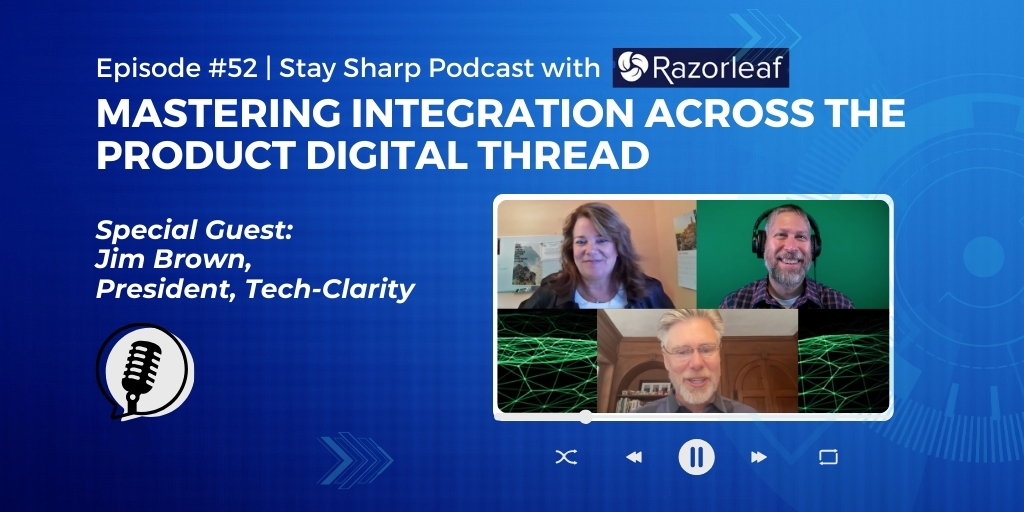 In the latest episode of
In the latest episode of 
